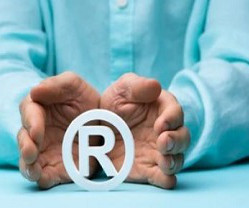Trademarking Numbers: Understanding The Numeral Trend
IP and Legal Filings
JUNE 26, 2023
Introduction Brand owners and traders have long embraced numeral creativity to captivate consumers. Names like 7-eleven, 5 Star, 7Up, and 99acres resonate with consumers, widely reflecting the innovative use of number as brand identities.













Let's personalize your content